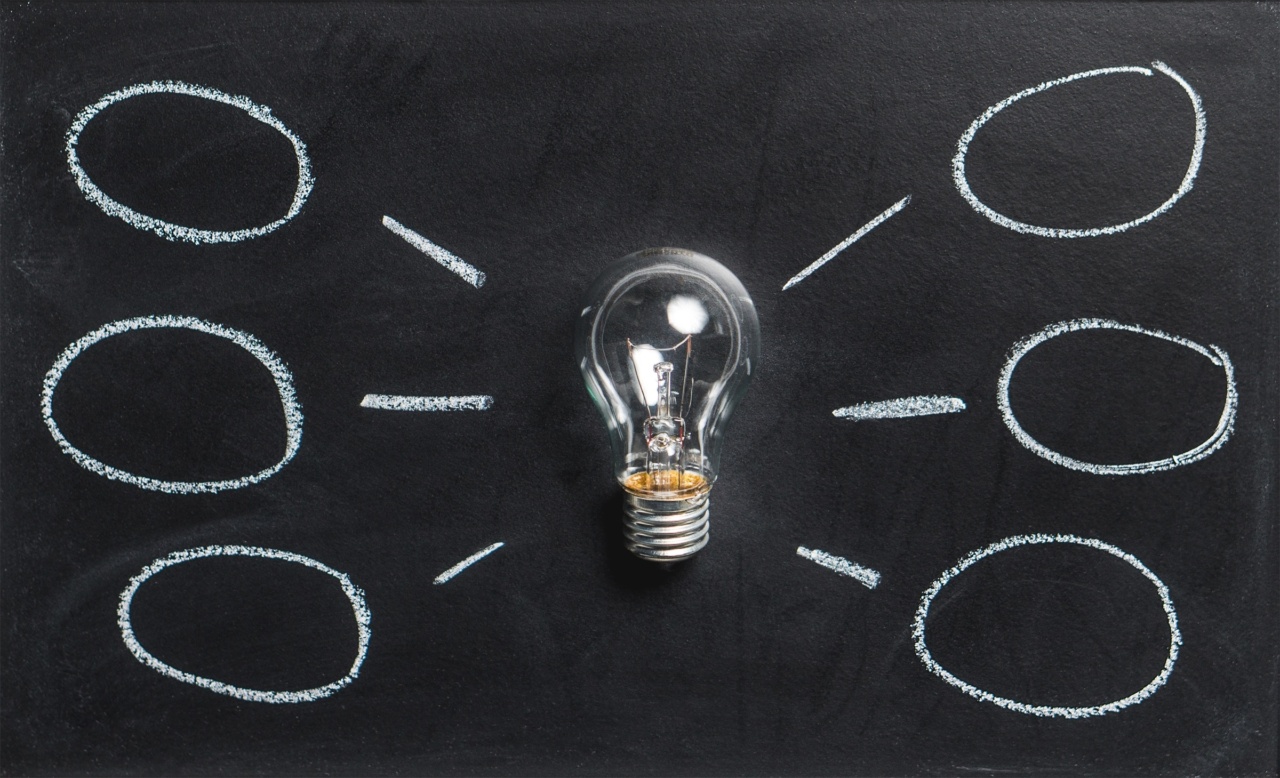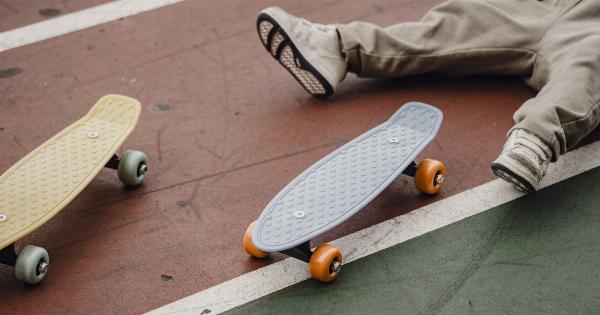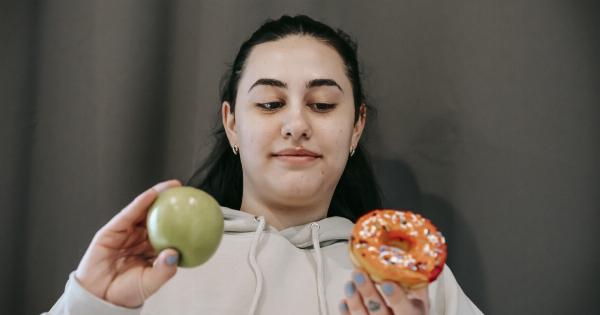Varicose veins occur when your veins become enlarged, dilated, and overfilled with blood, making them visible just beneath the surface of your skin.
It affects women more than men, particularly during pregnancy, and it’s a common problem faced by millions around the world. While varicose veins can be a sign of an underlying medical condition, they are mostly harmless and can be treated with a variety of medical and non-medical options.
How Varicose Veins Develop
The veins in your body have valves that work as one-way flaps to keep blood flowing from your legs up towards your heart. These valves prevent blood from flowing backward in your veins.
However, when these valves weaken or become damaged, blood can accumulate in your veins, causing them to enlarge and become twisted and bulged, resulting in the formation of varicose veins. The reasons for valve damage include:.
- Age
- Obesity
- Pregnancy
- Tight clothing that restricts blood flow
- Long periods of standing or sitting
- Family history of varicose veins
Symptoms of Varicose Veins
The symptoms of varicose veins may vary depending on the severity of the condition, ranging from mild to severe. The most common symptoms include:.
- Bulging, bluish veins
- Aching, heavy, and painful legs
- Burning, throbbing, or cramping in the legs
- Swollen ankles and feet
- Itching around the veins
- Darkening of the skin around the veins
- Ulcers near your ankle, which are a severe form of varicose veins
Diagnosis Of Varicose Veins
For the most part, doctors can diagnose varicose veins by performing a physical examination of the affected area. However, in some cases, your doctor may recommend additional tests such as:.
- Ultrasound: This test uses sound waves to visualize your veins and any blood clots or abnormalities. It also helps determine whether the valves in your veins are working correctly.
- CT or MRI scans: These imaging scans can detect any blood clots or other abnormalities in the venous system, particularly in the pelvis, abdomen, and pelvic area.
Vascular Solutions for Varicose Veins
There are several vascular solutions available to treat varicose veins. These include:.
Endovenous Laser Treatment
Endovenous laser treatment (EVLT) is a minimally invasive surgical procedure that uses laser energy to treat varicose veins. During the procedure, a surgeon inserts a thin laser fiber into the varicose vein through a small incision.
The laser then heats the vein, causing the vein to collapse and seal off. The body then naturally redirects the blood flow to healthy veins, eventually leading to the disappearance of the varicose vein.
Radiofrequency Ablation
Radiofrequency ablation (RFA) is similar to EVLT, but instead of using laser energy, it uses radio waves to heat and close off the affected vein.
A surgeon inserts a catheter into the vein under ultrasound guidance, then delivers radiofrequency energy as the catheter is slowly withdrawn, heating and closing the vein as it goes.
Sclerotherapy
Sclerotherapy is a non-surgical procedure that involves injecting a chemical compound, usually a saline solution, into the varicose vein. The solution irritates the lining of the vein, causing it to swell and stick together.
Eventually, the vein collapses and turns into scar tissue that is gradually absorbed into the body.
Varithena Foam
Varithena foam is a type of sclerotherapy that uses a medication that turns into foam when injected into a vein.
The foam displaces the blood in the vein, making it easier for the medication to come into contact with the vein walls and cause them to close and collapse.
Catheter-Assisted Procedures
Catheter-assisted procedures are used to treat larger veins. A surgeon inserts a catheter into the vein and uses either radiofrequency or laser energy to heat and seal off the vein.
Unlike the other vascular solutions, these procedures are not performed under local anesthesia.
Non-Medical Solutions for Varicose Veins
If you don’t want to undergo medical procedures to treat your varicose veins or if they are not severe, there are several non-medical options available that you can try. These include:.
Wear Compression Stockings
You can wear compression stockings or support hose to help improve the circulation in your legs, reduce the swelling, and alleviate the discomfort caused by varicose veins.
Compression stockings help to provide graduated pressure to the affected veins, thereby improving the blood flow in the veins.
Elevate Your Legs
Elevating your legs above your heart level can help reduce the swelling and aching associated with varicose veins. You can elevate your legs by lying down on your back and placing your legs on a cushion or pillow.
Exercise Regularly
Regular physical activity can improve your circulation and strengthen the muscles in your legs. Walking, cycling, and swimming are all excellent exercises that can help reduce the symptoms caused by varicose veins.
When to See a Doctor
If you experience any of the following symptoms, you should see your doctor as soon as possible:.
- Swelling, redness, or inflammation in the affected leg
- Pain and tenderness around the affected veins
- Skin ulcers or sores around the ankle or heel area
- Bleeding from the affected veins
- Significant heavy bleeding from any cuts or wounds on the legs
Conclusion
Varicose veins are a common problem that can be treated with a variety of medical and non-medical options. While vascular solutions are effective at treating varicose veins, non-medical options are a good place to start if the condition is not severe.
Prevention is also important, so maintain a healthy weight, exercise, and avoid standing or sitting for long periods. If you have varicose veins or experience any symptoms, be sure to see your doctor for a proper diagnosis and treatment plan.






























